Ljubljana is not usually the first European capital travelers consider, but Slovenia’s tiny capital doesn’t fall short. Though smaller than most metropolitan cousins, this charming city between the Alps and Adriatic seaboards provides an experience that measures up to more popular locations.
The following are the best reasons that Ljubljana should occupy a place at or near the top of your itinerary for your next European getaway.
Ljubljana Castle
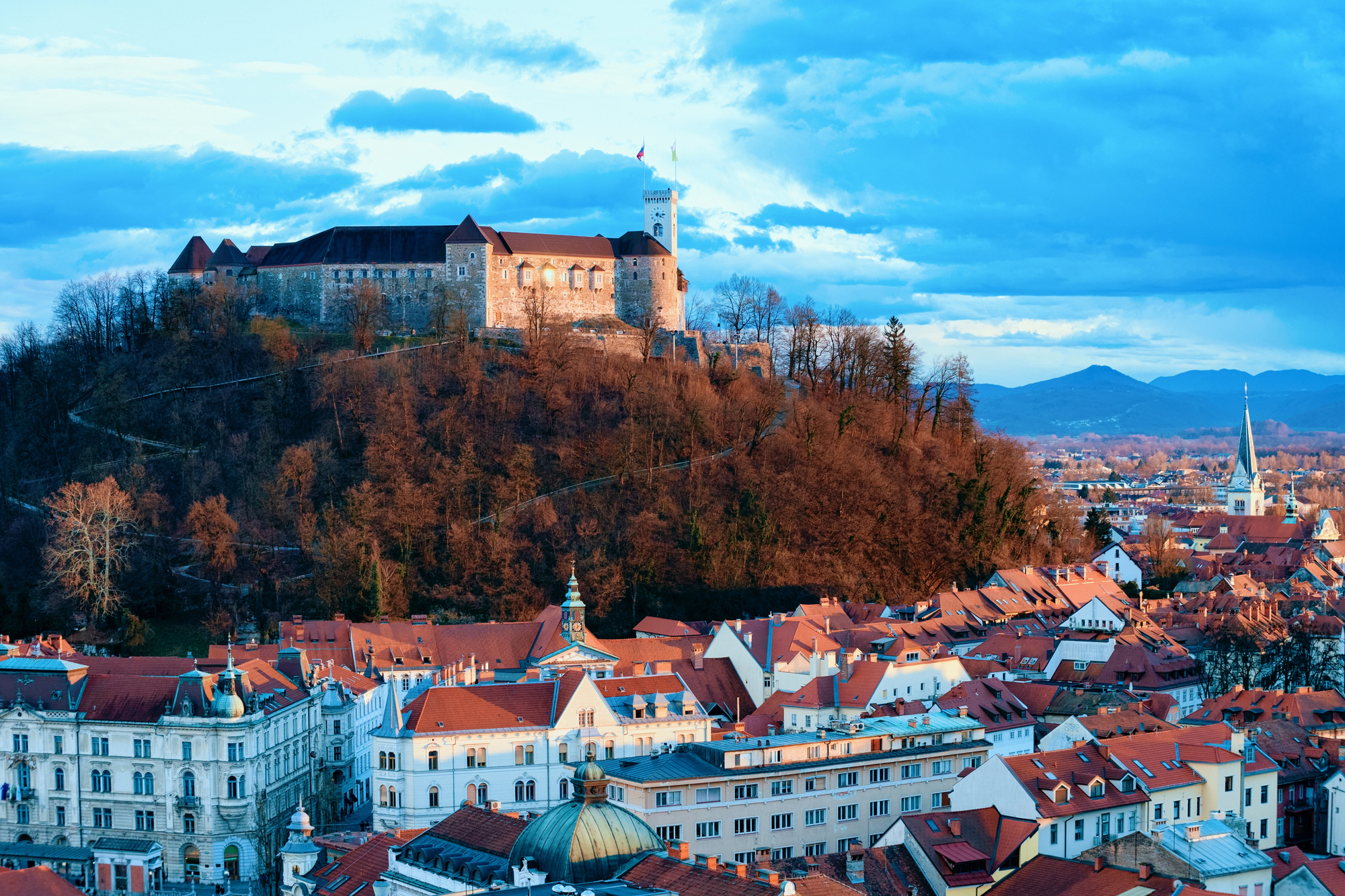
The old castle dominates the city skyline – a silent guardian of Ljubljana for nearly a thousand years. The journey there is half the excitement; take the funicular for stunning views or hike up the hill path through the forest if you’re feeling energetic.
Within, you’ll discover an unexpected combination of historical exhibitions and contemporary art installations. Restaurants inside the castle serve up traditional Slovenian cuisine with a dash of modern sophistication, turning the landmark into something more than just another fortress in Europe.
Triple Bridge
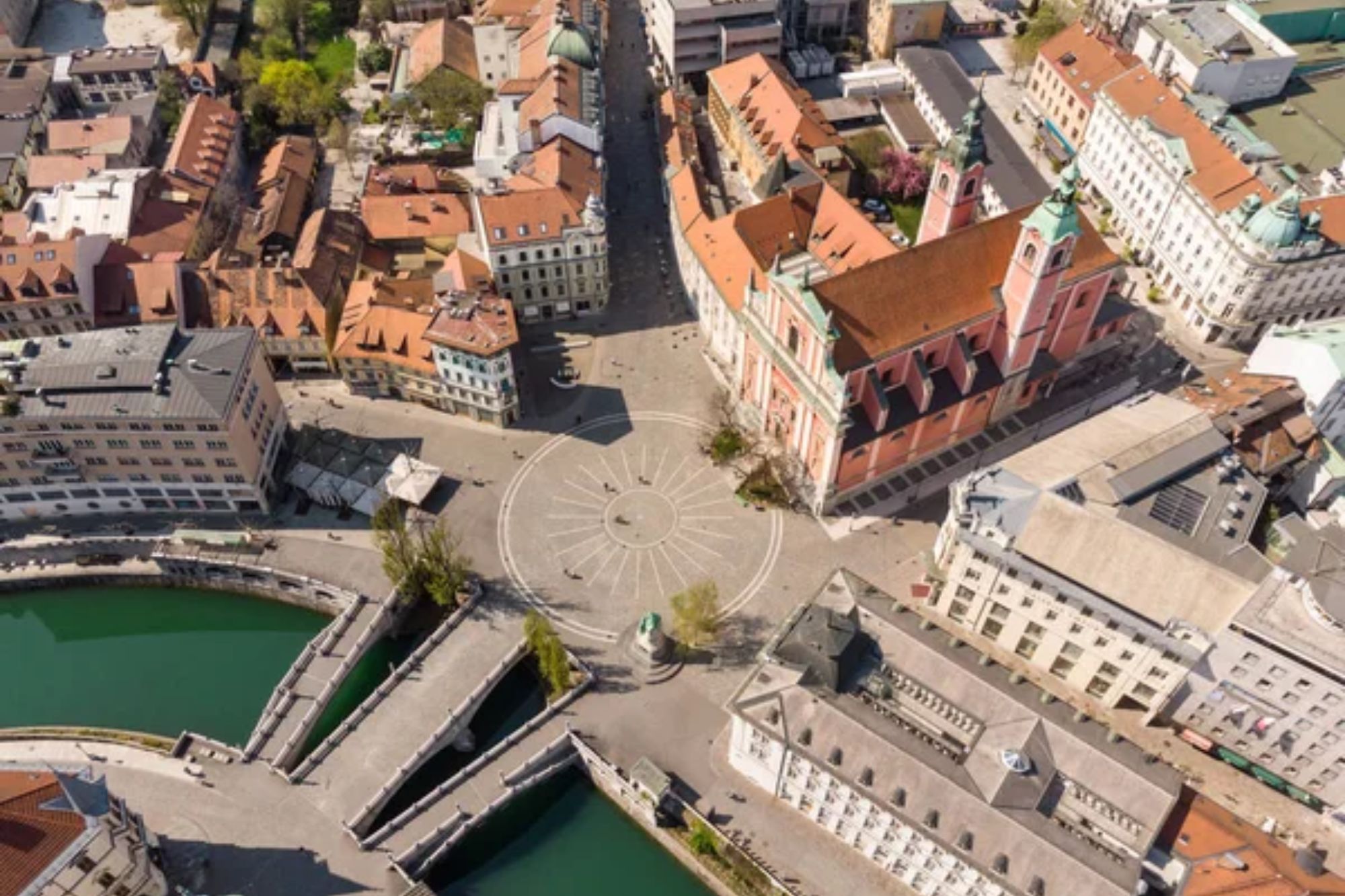
This architectural masterwork by Jože Plečnik can be seen crossing the Ljubljanica River — not one, but three side-by-side bridges in beautiful unison. Some find walking upon these stone surfaces with water down below irresistibly theatrical.
A soft light at dusk alters the entire picture — ripples across the water and couples strolling arm-in-arm between the city center and old town.
Ljubljanica River
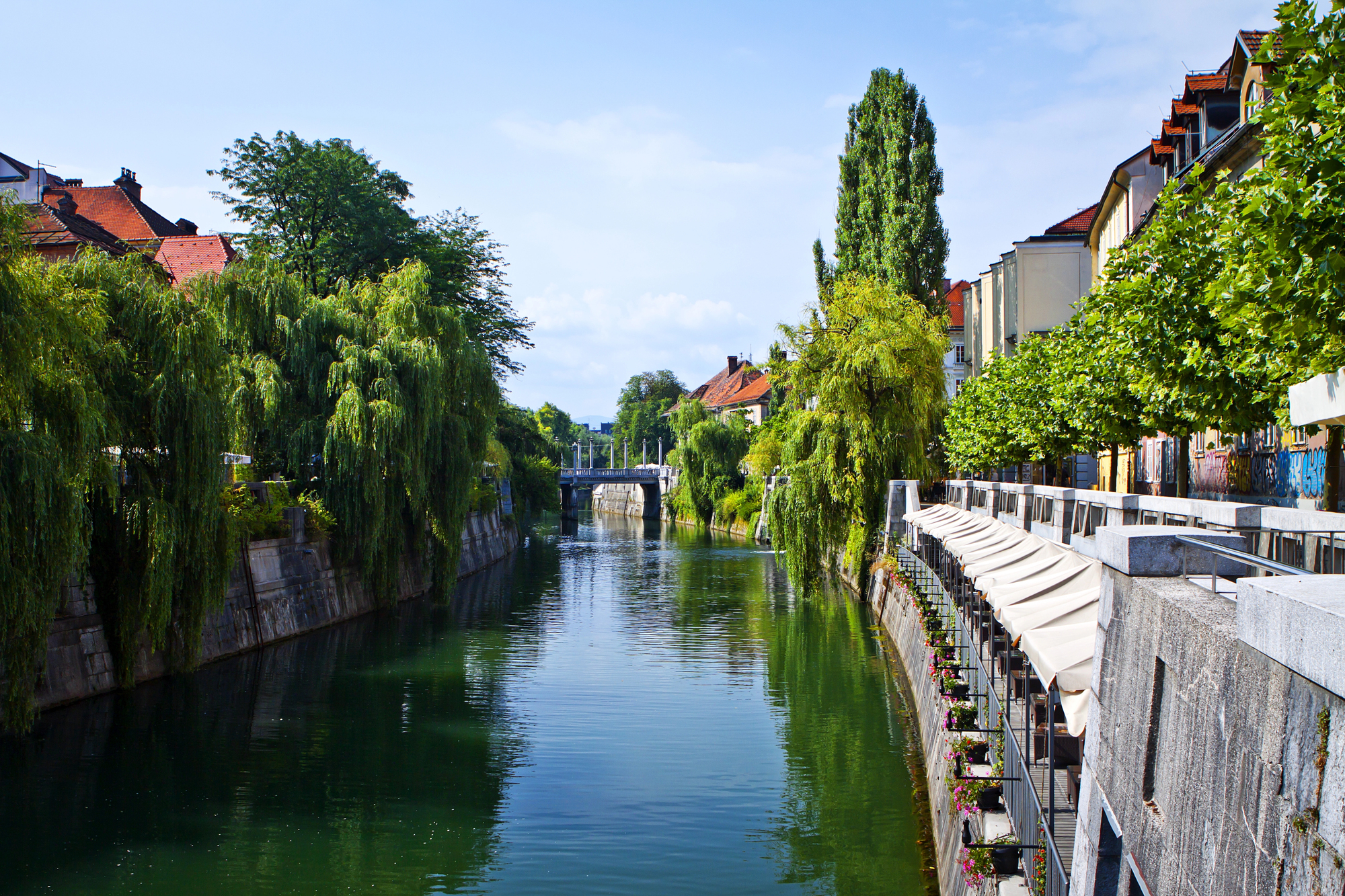
Ljubljana’s liquid core courses through the city center – emerald green at times, sapphire blue at others, always entrancing. Waterside promenades abound with cafés where citizens linger over coffee or cocktails under dripping willow trees.
Boat cruises give the city a whole new perspective, revealing architectural touches unseen from street level. The river is not just decorative; it’s the social scene around which Ljubljana revolves.
Like Travel Pug’s content? Follow us on MSN.
Old Town Charm
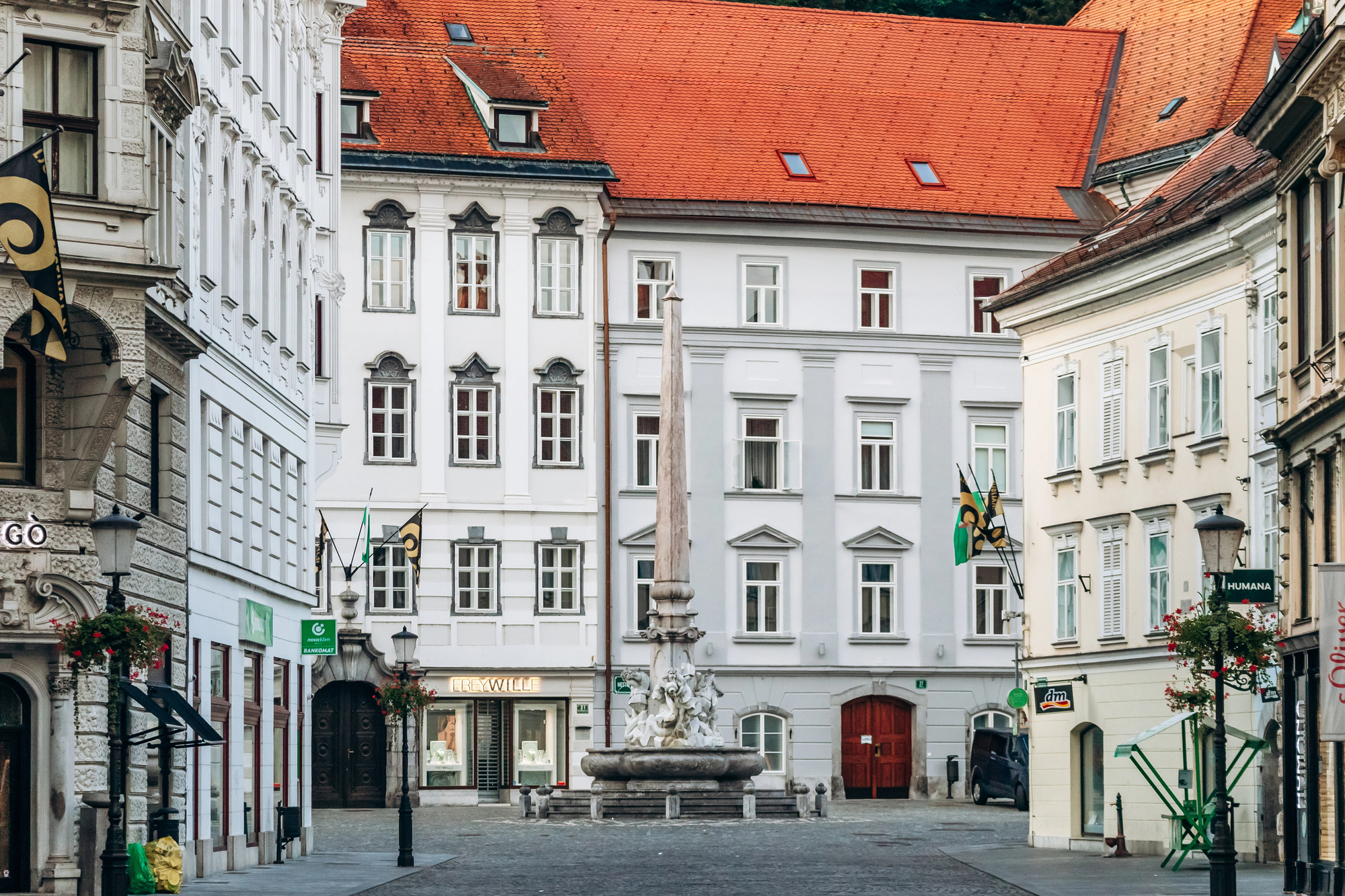
Medieval streets twist through Ljubljana’s historic center – narrow enough to block out modern intrusions yet wide enough to welcome exploration. Unlike Prague or Dubrovnik, these cobblestone pathways haven’t surrendered to tourism completely; locals still outnumber visitors most days.
The absence of vehicular traffic creates an almost dreamlike atmosphere – conversations and laughter replace engine noise while traditional storefronts showcase artisanal goods rather than mass-produced souvenirs.
Dragon Bridge
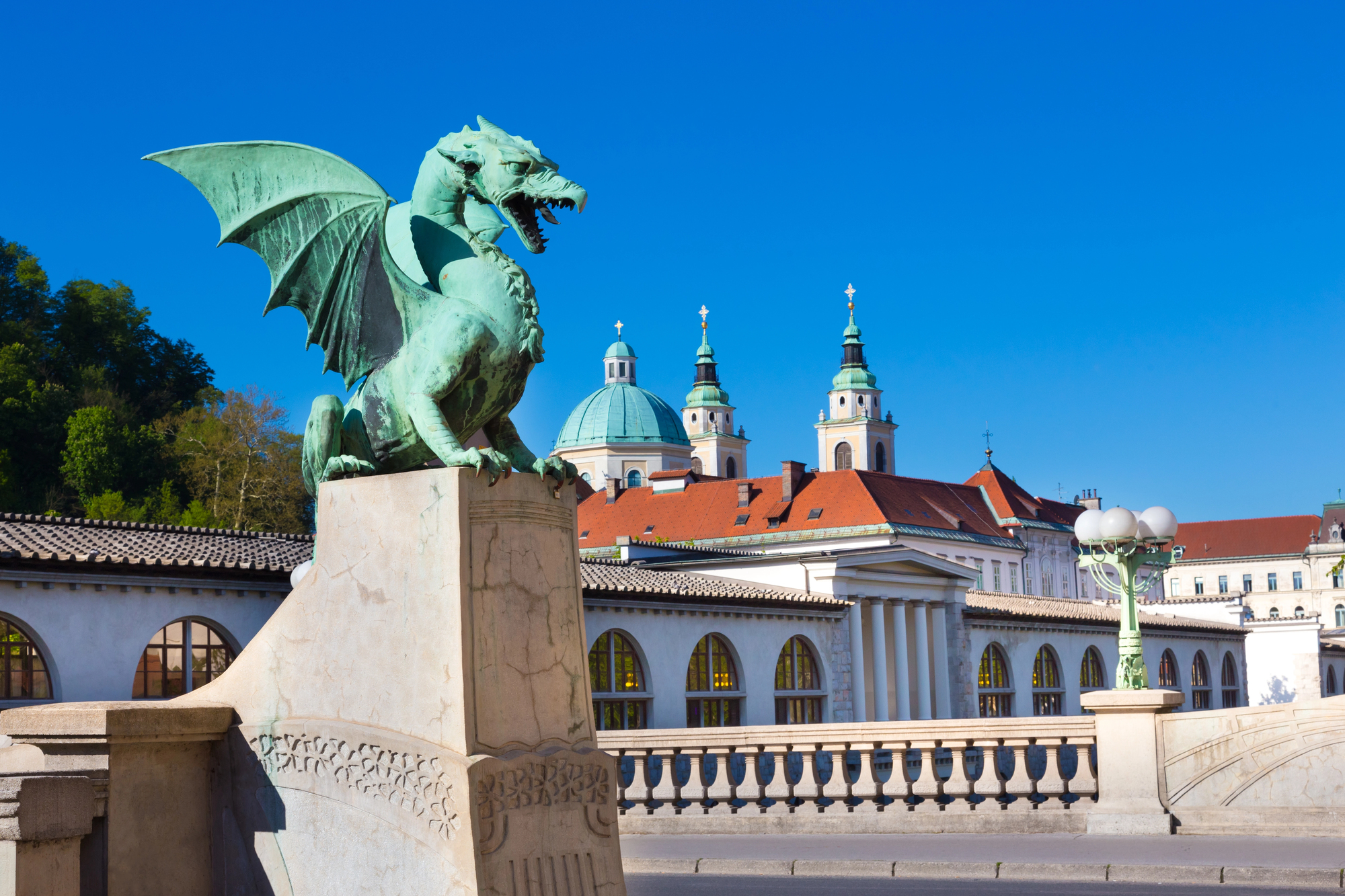
Fierce copper dragons stand sentinel at each corner of this iconic crossing – their metal scales gleaming in sunshine or glistening after rainfall. According to colorful local folklore, these creatures occasionally wag their tails when virgins cross – though you might need extraordinary luck to witness this phenomenon.
Beyond mythology, these imposing statues connect to Ljubljana’s founding legend involving Jason, the Argonauts, and a slain dragon, giving the bridge cultural significance beyond its architectural merit.
Green Spaces
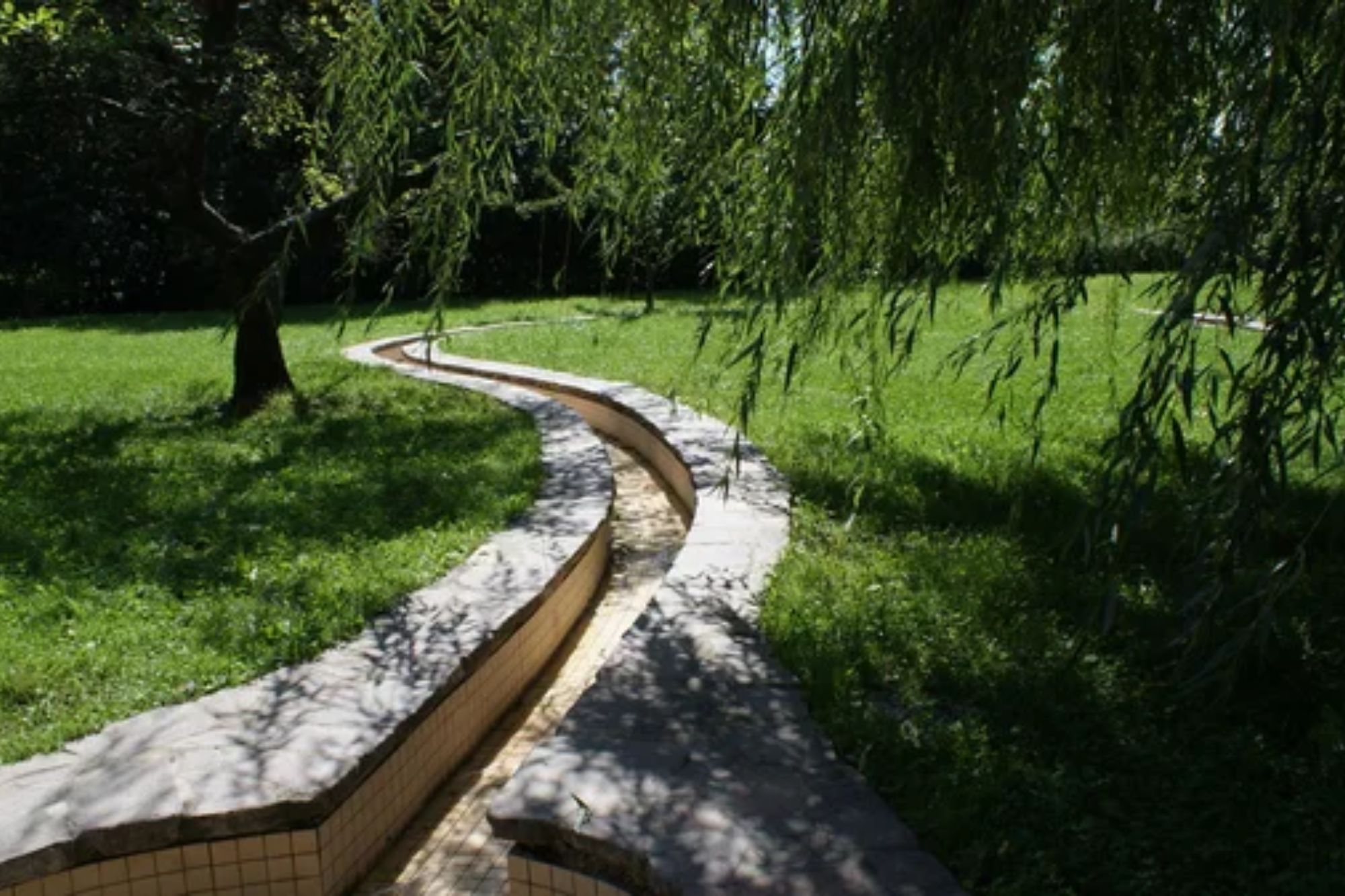
Ljubljana didn’t win the European Green Capital title in 2016 by accident – environmental consciousness permeates the city’s design and daily operations. Tivoli Park sprawls across nearly 2 square miles, offering everything from formal gardens to wild woodland paths just minutes from downtown.
Castle Hill provides a forested retreat above urban bustle, while riverside greenways create natural corridors throughout the city center. Even small plazas typically feature carefully tended trees or flower beds, softening the cityscape at every turn.
Like Travel Pug’s content? Follow us on MSN.
Culinary Scene
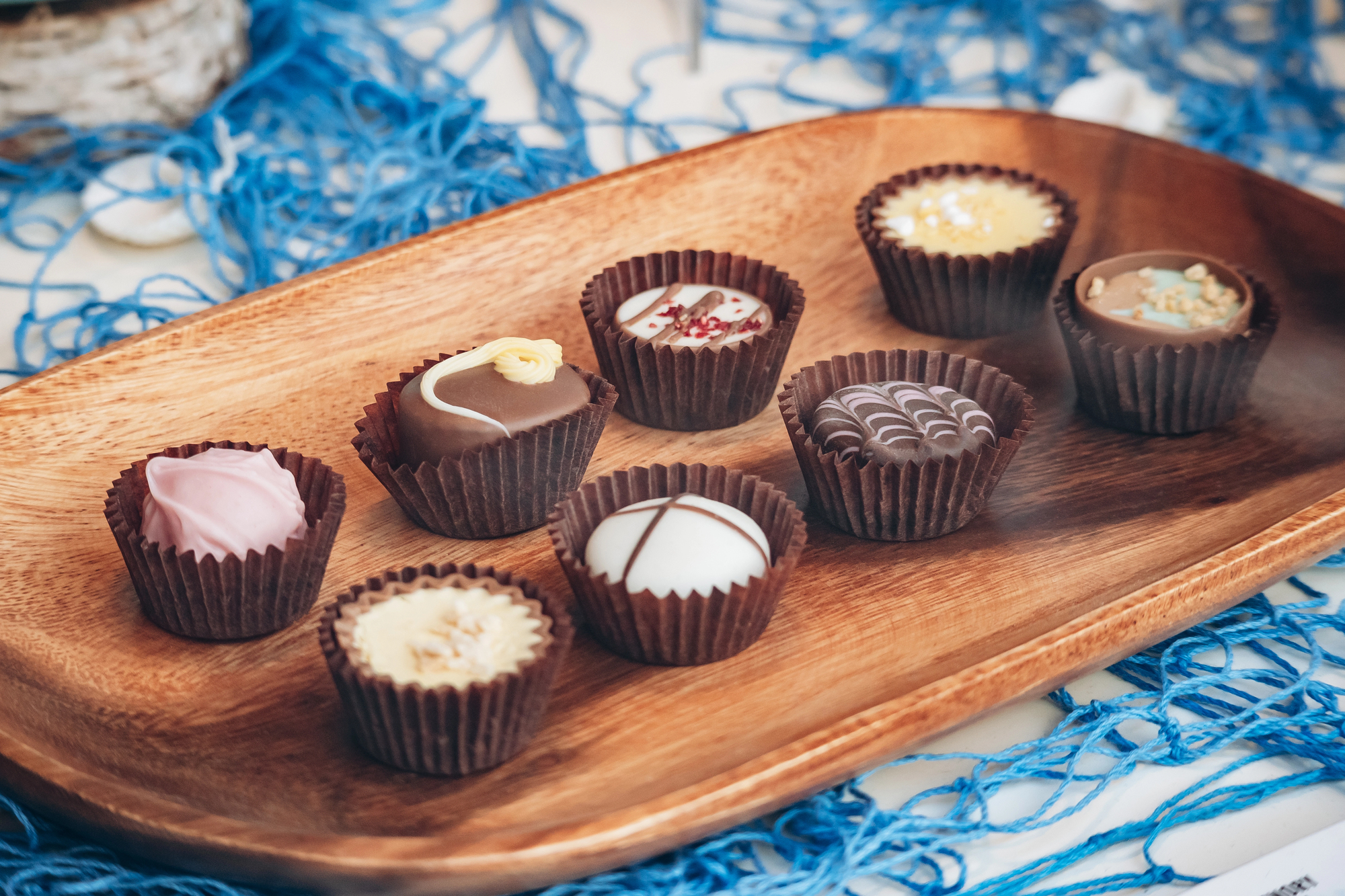
Ljubljana’s food culture reflects Slovenia’s geographic position — borrowing techniques from Italian neighbors, Austrian traditions, Hungarian flavors, and Balkan robustness. Štruklji might appear simple — rolled dumplings don’t sound revolutionary — but these versatile parcels range from savory cheese-filled versions to sweet walnut concoctions.
Each Friday (March through October), Open Kitchen transforms the central market into a bustling food festival where talented chefs prepare signature dishes outdoors.
Central Market
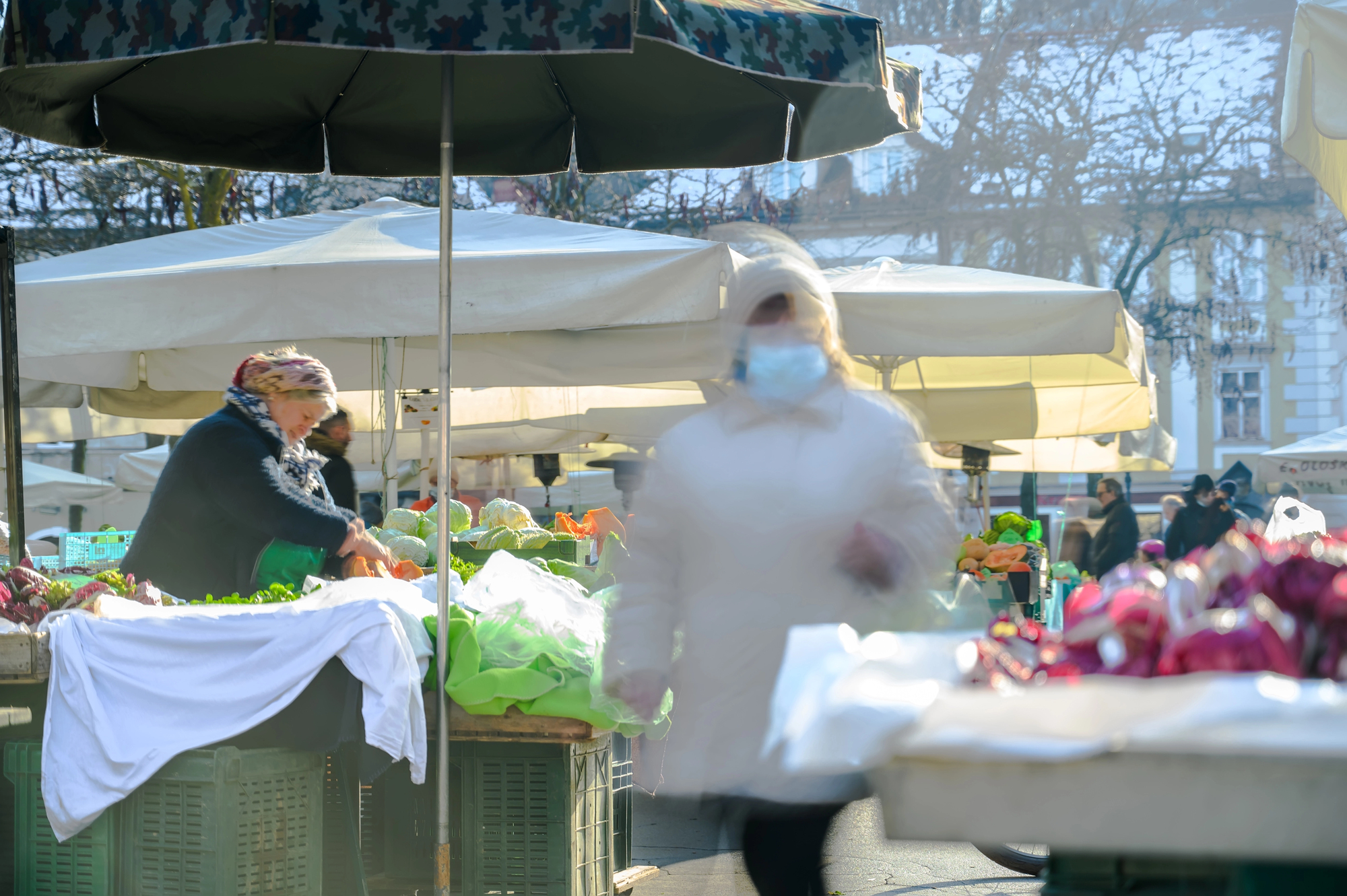
Plečnik’s architectural vision extends to Ljubljana’s marketplace — creating covered colonnades and open plazas where commerce and community blend seamlessly. Morning visits reveal locals selecting seasonal produce, freshly baked bread, mountain cheeses, and forest honey from vendors they’ve known for years.
The market transcends mere shopping; it’s a living expression of Slovenian culinary culture and social interaction. Whether you’re hunting ingredients for a picnic or simply observing daily life, the market provides authentic immersion into Ljubljana’s rhythm.
Metelkova Mesto
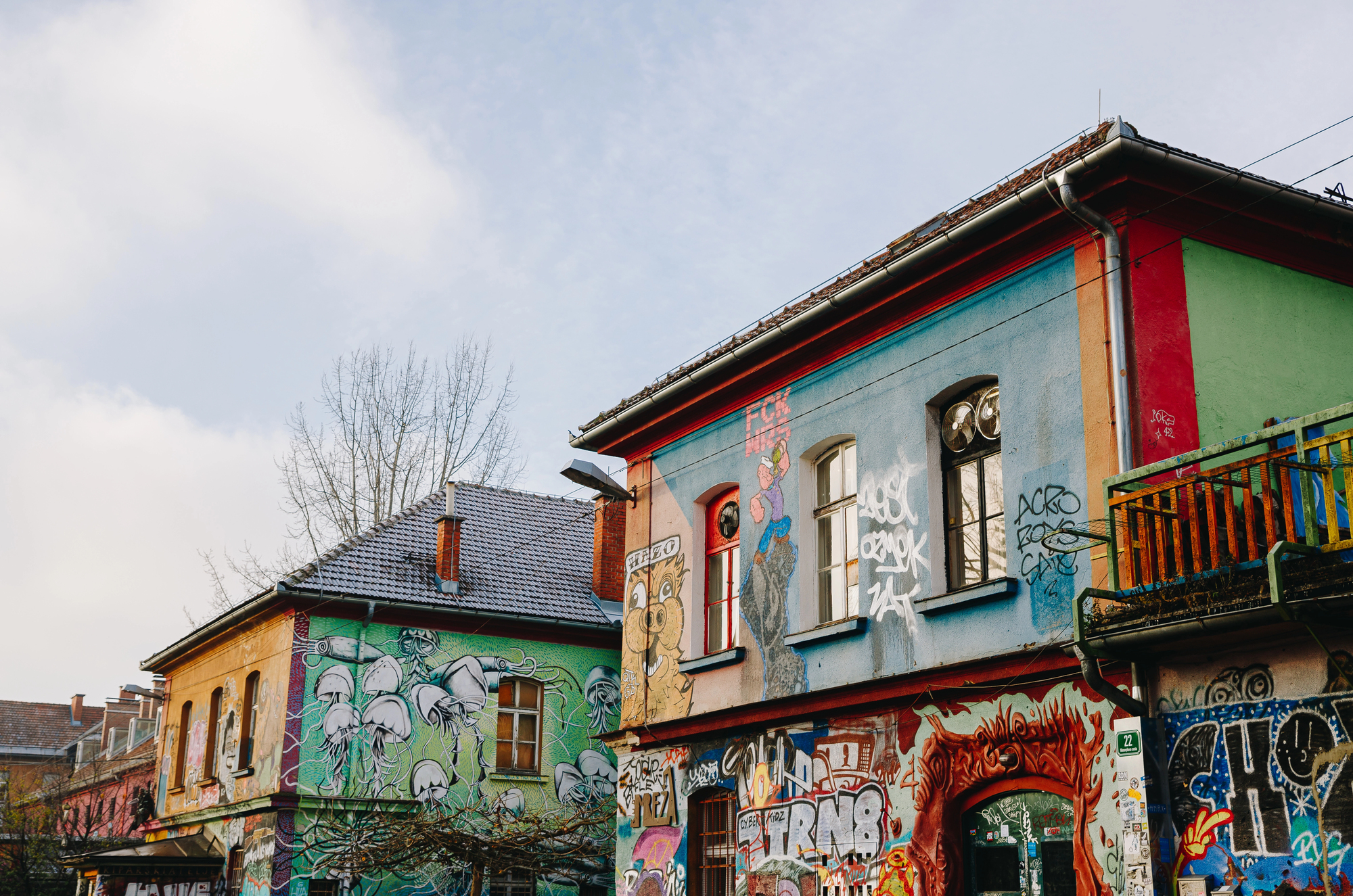
Former military barracks have morphed into Slovenia’s most vibrant cultural center, where alternative art thrives in all forms. Striking murals, bizarre sculptures constructed from salvaged materials, and buildings themselves transformed into three-dimensional canvases create a visually arresting environment.
During daylight hours, galleries and workshops welcome visitors; after dark, the complex hosts everything from experimental music to philosophical discussions.
Like Travel Pug’s content? Follow us on MSN.
Museum of Modern Art
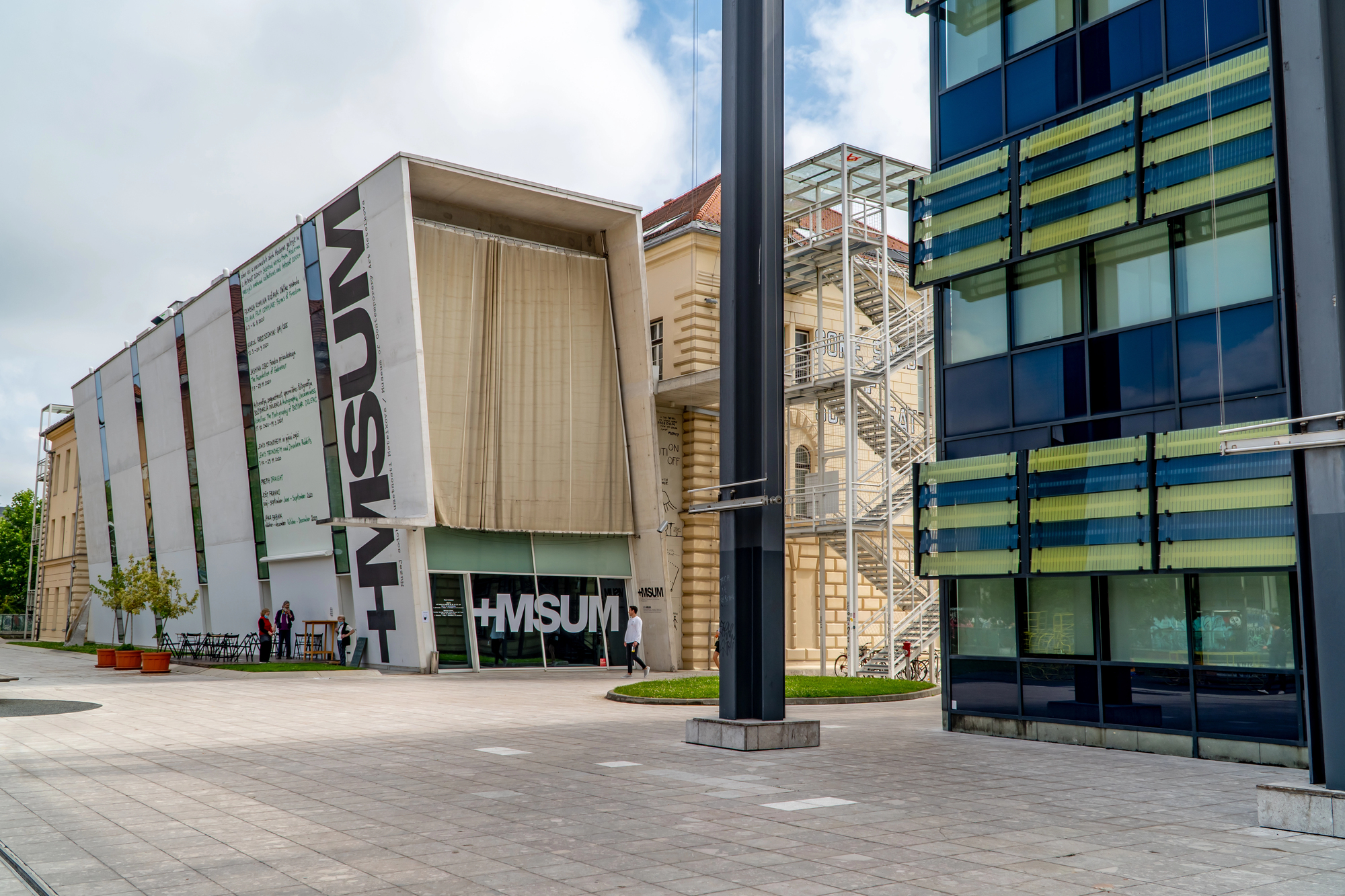
Contemporary Slovenian artists rarely receive the international recognition they deserve, making this collection particularly valuable for art enthusiasts. The museum’s manageable size allows thorough exploration without exhaustion — most visitors complete their visit in about an hour. Located near Tivoli Park, the institution makes cultural exploration convenient.
The permanent collection introduces artists whose work reflects uniquely Slovenian perspectives, while temporary exhibitions connect local creativity to global movements.
Affordable Prices

Ljubljana delivers exceptional value compared to Western European capitals, where similar experiences might cost twice as much. A multi-course meal with local wine at a quality restaurant typically costs what you’d pay for a main course alone in Paris or London.
Accommodations range from budget-friendly hostels to boutique hotels with character, all reasonably priced. Even cultural experiences — museums, concerts, guided tours — remain affordable. This economic accessibility means travelers can indulge more freely without constant budget anxiety.
Perfect Size
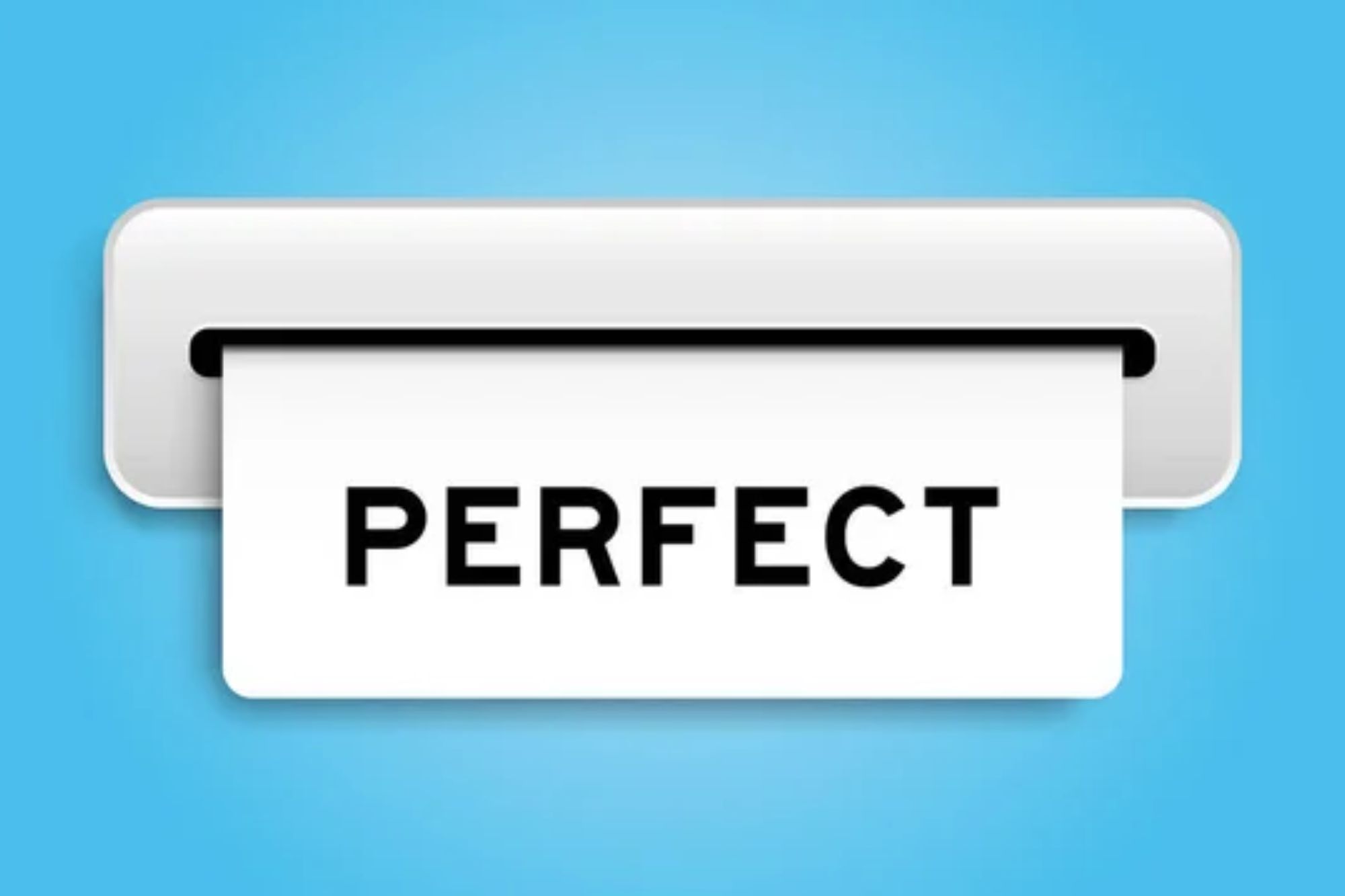
The capital strikes an ideal balance between urban amenities and navigable scale. You won’t need public transportation to reach most attractions; they’re all within comfortable walking distance from the center.
This human-oriented size creates immediate familiarity — most visitors feel confidently oriented after just a few hours. Without overwhelming size or complexity, Ljubljana allows a deeper connection with the environment and culture rather than exhausting logistics management.
Like Travel Pug’s content? Follow us on MSN.
Gateway to Slovenia
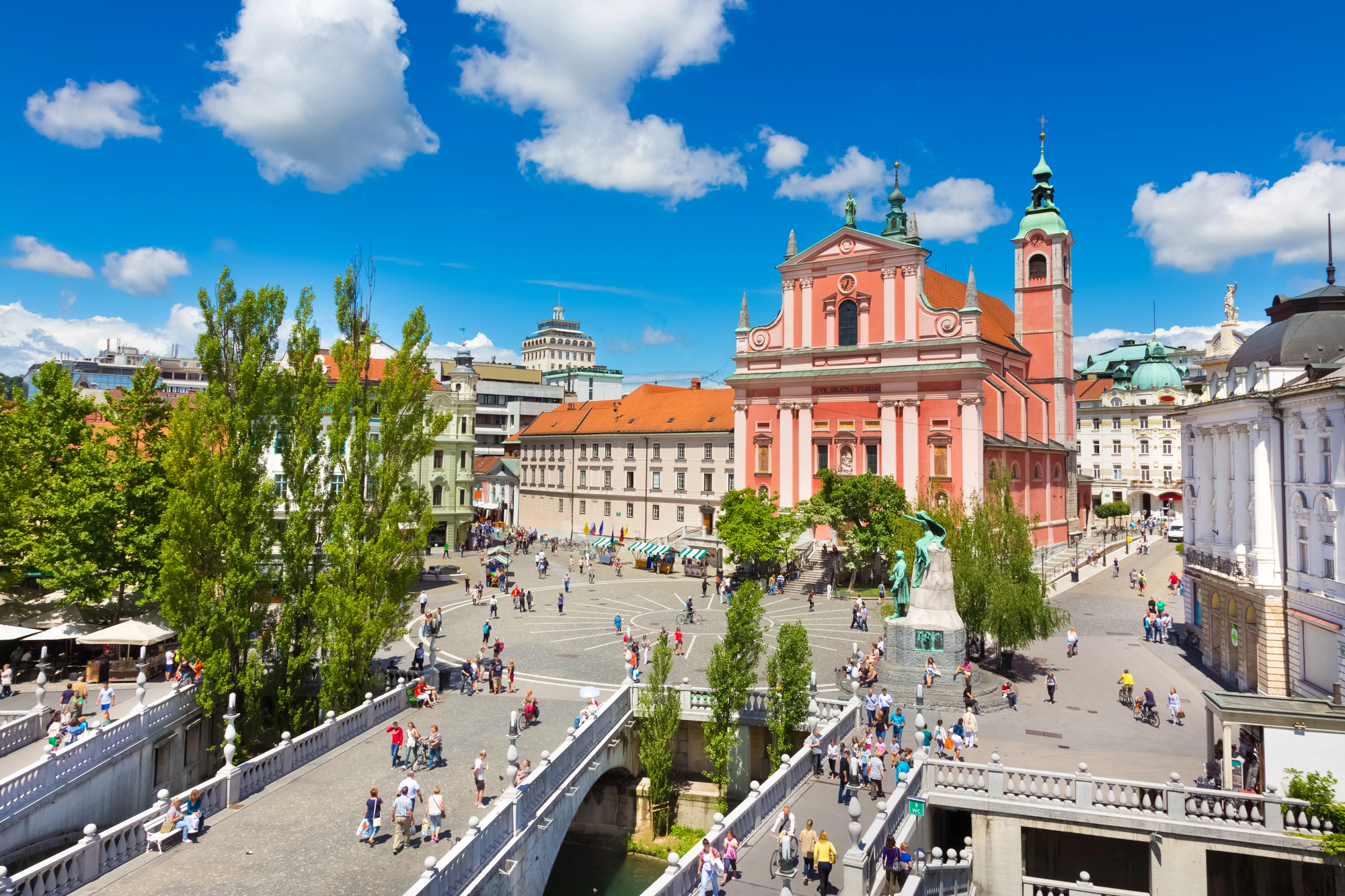
Ljubljana’s central location makes it the perfect base for exploring Slovenia’s remarkably diverse landscapes. Lake Bled, with its fairytale island church, sits just 40 minutes northwest. The extraordinary Postojna Cave system and medieval Predjama Castle, built into a cliff face, lie within an hour’s journey.
Adventurous travelers can reach Triglav National Park’s Alpine scenery, the wine regions of Štajerska, or even Slovenia’s slice of Mediterranean coastline in day trips. Few European capitals offer such geographic variety within such convenient reach.
Cultural Events
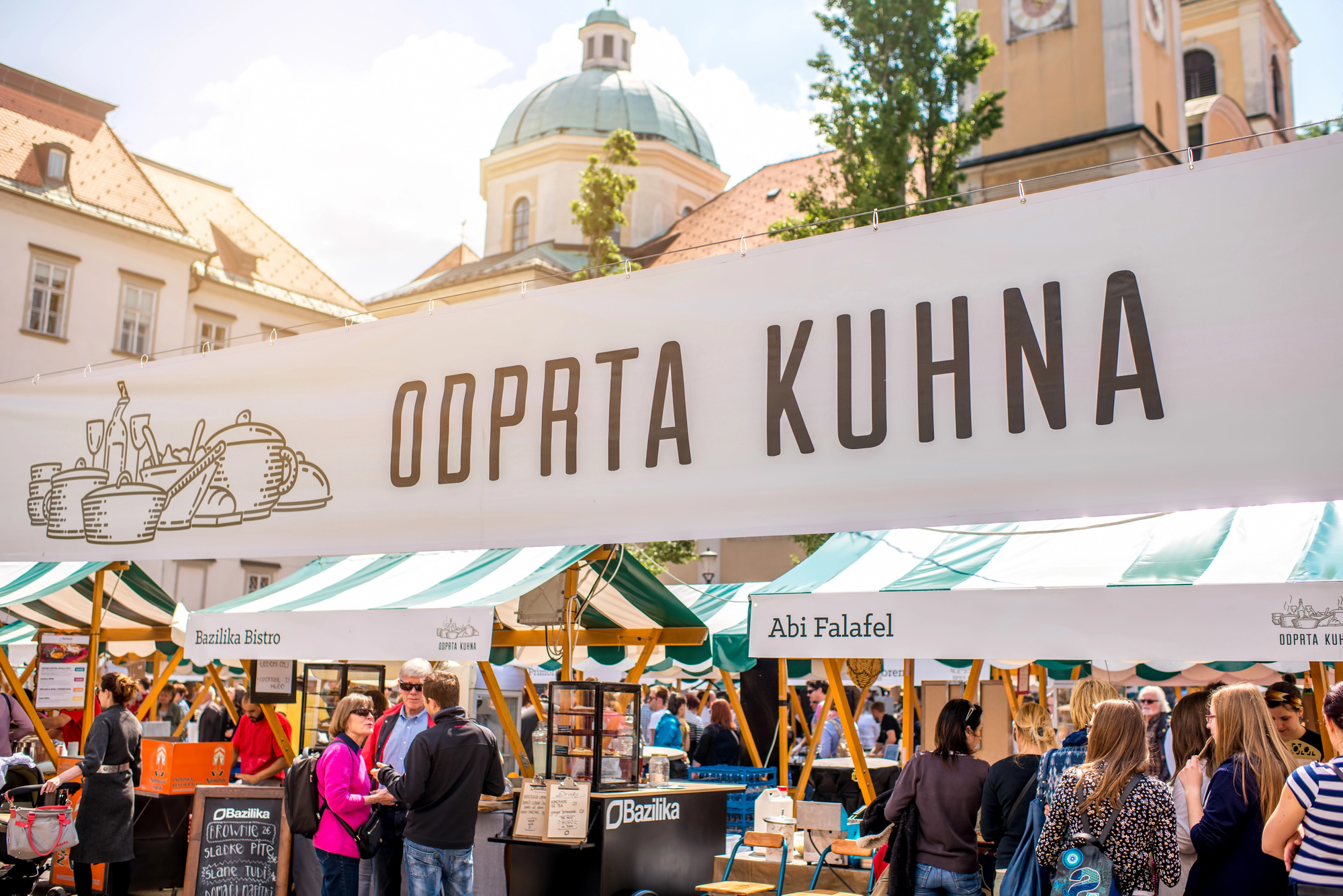
Throughout the year, Ljubljana’s cultural calendar remains surprisingly robust for a city of its size. Summer brings the Ljubljana Festival with international performers in classical music, opera, and theater.
Street musicians, art installations, and impromptu performances regularly animate public spaces. The city embraces its artistic heritage not as a historical footnote but as a living tradition.
Wine Culture
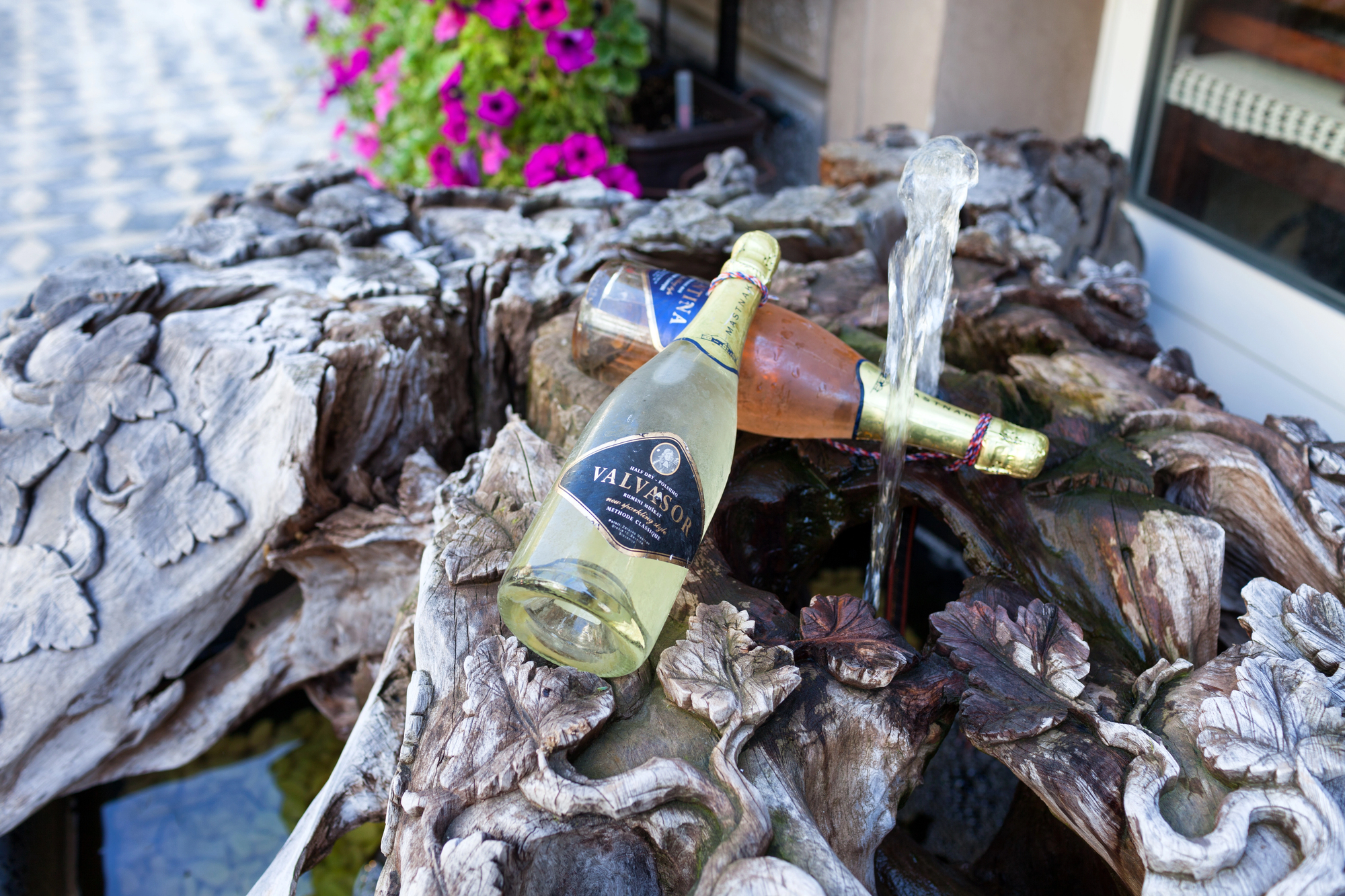
Slovenia produces remarkable wines that rarely appear on international markets—locals consume the best bottles before they can be exported. Small-batch production from family vineyards yields distinctive varieties across three major wine regions.
Ljubljana’s wine bars offer excellent opportunities to sample indigenous grapes and unique approaches like the amber-hued “orange wines” produced through extended skin contact. Knowledgeable sommeliers typically suggest pairings with local cheeses or charcuterie.
Like Travel Pug’s content? Follow us on MSN.
Friendly Locals

Slovenians typically speak excellent English alongside several other languages, making communication effortless for visitors. Beyond linguistic ability, there’s genuine warmth in interactions—questions about directions might evolve into impromptu walking tours or café invitations.
Mention interest in Slovenian culture, and you’ll likely receive enthusiastic recommendations tailored to your preferences. This authentic hospitality transforms ordinary tourism into meaningful cultural exchange, creating personal connections that often become the most treasured memories of visiting Ljubljana.
More from Travel Pug

- Cities Growing so Fast You Won’t Recognize Them in 10 Years
- 13 Destinations Where Tourists Regularly Regret Their Trip
- 16 U.S. Cities That Are Quietly Becoming Travel Hotspots
- Where to Travel If You Love Long Bus Rides and Daydreams
- 20 Cities Perfect for Solo Travelers Who Crave Adventure & Culture
Like Travel Pug’s content? Follow us on MSN.
